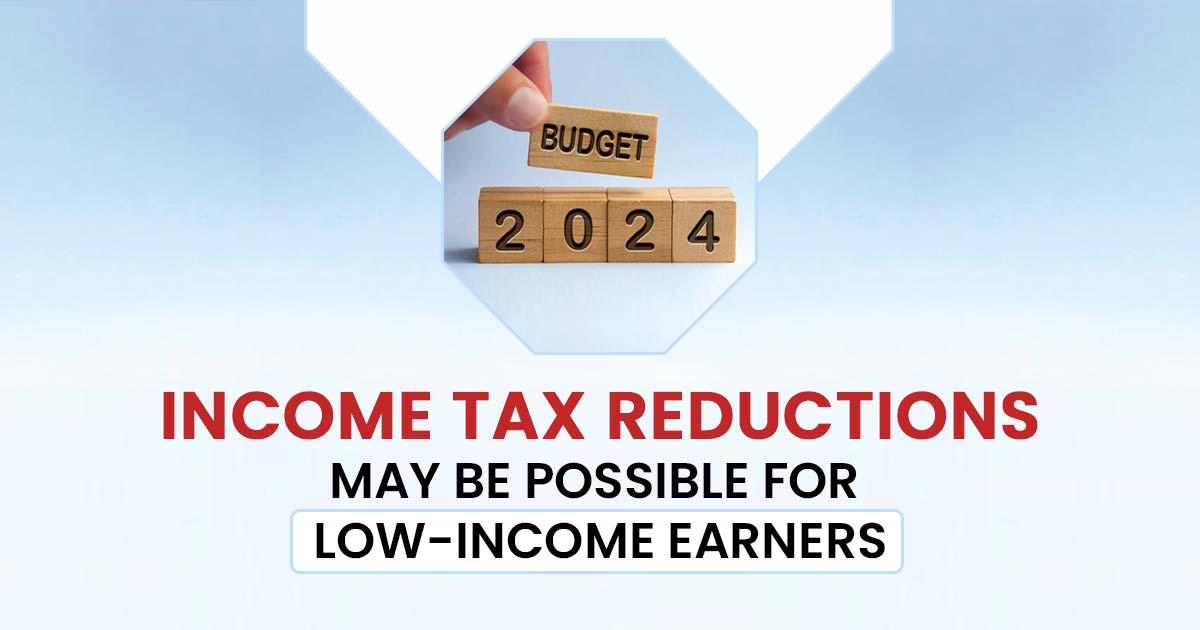
With the full budget for FY25 set to be revealed next month, there is growing anticipation about significant announcements sought to furnish relief to the salaried class. The government is regarding changes to the existing income tax framework, with a focus on lower income brackets to boost consumption.
Quoting two government officials, the report shows that the forthcoming Budget announcement in late July may stress the tax reductions for low-income earners instead of raising welfare expenses.
These proposed tax cuts are intended to increase disposable income, boosting economic activity and consumption. The report also highlighted concerns about the sharp rise in marginal income tax rates under the new tax system.
Income Tax Reduction
As per the officials, the National Daily cited that tax reductions can be good in driving consumption then to expanding welfare spending.
One official emphasizes that adjusting the tax slabs shall result in higher disposable income, which in return “greater consumption, greater economic activities, and increased GST collection.”
For income starting at Rs 3 lakh, the rate of tax begins at 5% and increases to 30% for the income at Rs 15 lakh and more than that. The same 6 fold surges in the tax rate, even after a fivefold rise in the income, is regarded as excessive and needs rationalization.
To surge consumption enforcing such tax reductions is expected, which is important for reviving demand and jump-starting the investment cycle, specifically in the consumer-driven sectors. The very initiative can increase the GST collections.
Modi 3.0 Govt Budget Agenda for 2024
Finance Minister Nirmala Sitharaman is set to begin pre-budget consultations with industry groups around June 20, following a meeting with Revenue Secretary Sanjay Malhotra dated June 18, as the budget for the FY 2024-25 approaches, possible to be presented in Parliament in late July.
Read Also: Section-Based Income Tax Saving Tips For Salaried Person
The economic agenda of the Modi 3.0 government will be presented in this budget which has the objective to stimulate growth without causing any additional spikes in inflation while having the resources for coalition commitments.
The government has focused on fiscal consolidation, striving to reduce the fiscal obligation to 5.1% of GDP by 2024-25 and further decline it to below 4.5% by 2025-26.
The purpose of this Budget seems to set India as a $5-trillion economy and evolve into a ‘Developed India’ by 2047, as per the political campaign of the BJP. As per the Monetary Policy announcement, the Reserve Bank of India (RBI) predicted a 7.2 per cent growth for the Indian economy for FY25, fuelled by enhancing rural demand and facilitating inflation.
It is being remarked by the economists that the major priorities for Prime Minister Narendra Modi’s third term will comprise managing the agricultural challenges, job creation, sustaining capital expenditure, and improving revenue augmentation to sustain fiscal consolidation.
The economic policies of the past 10 years have obtained positive feedback, with rating agency S&P upgrading India’s sovereign rating outlook to positive, and a possible further upgrade in the next 1-2 years if fiscal deficit targets are met.
The World Bank in its recent global economic report, forecasted that India is set to remain the fastest-growing major economy globally, but its growth rate is anticipated to slow. The June ‘Global Economic Prospects’ report possessed India’s Gross Domestic Product (GDP) growth forecast at 6.6 per cent for FY25.